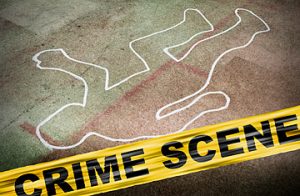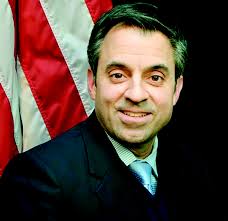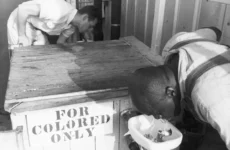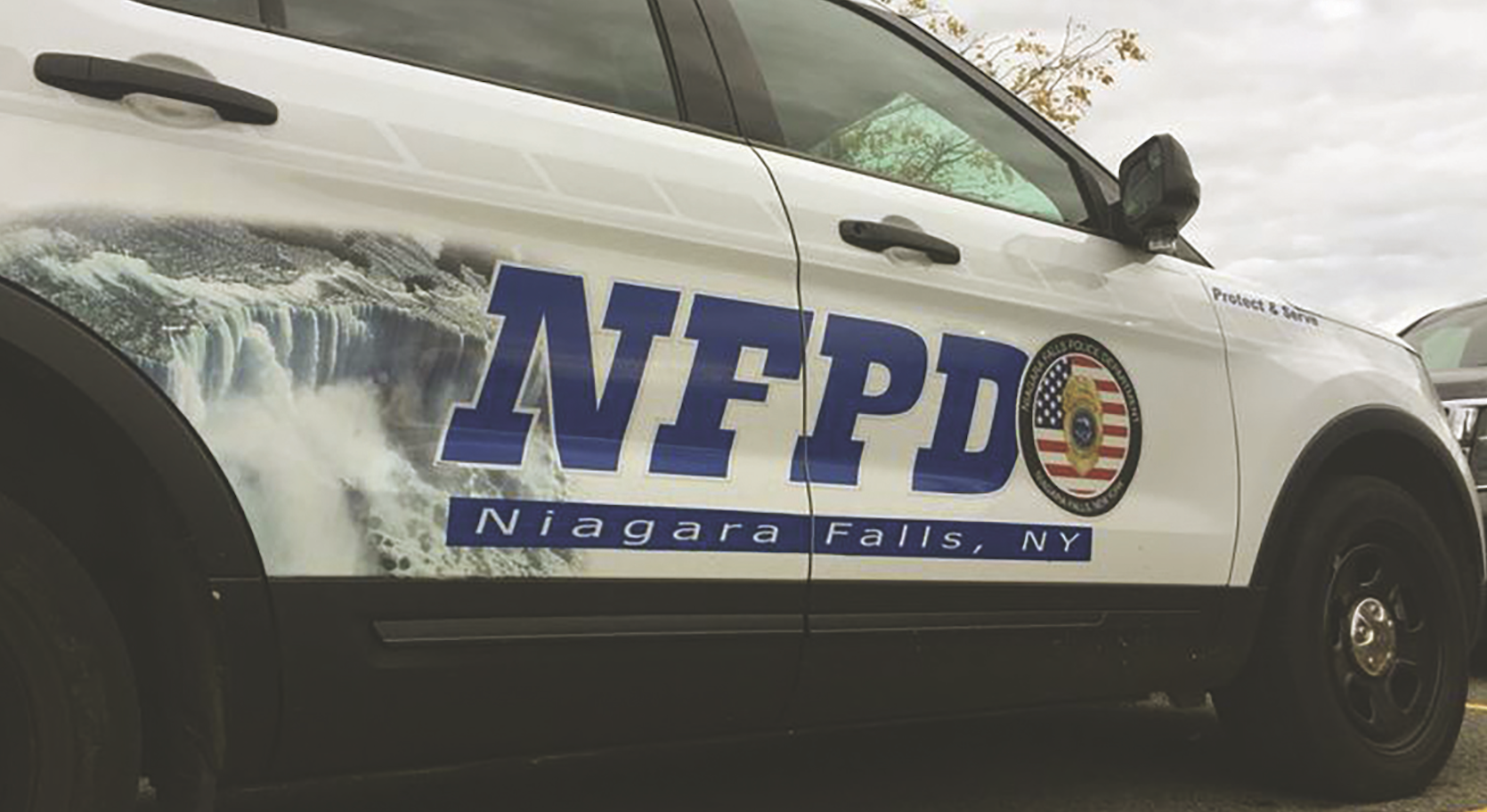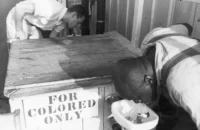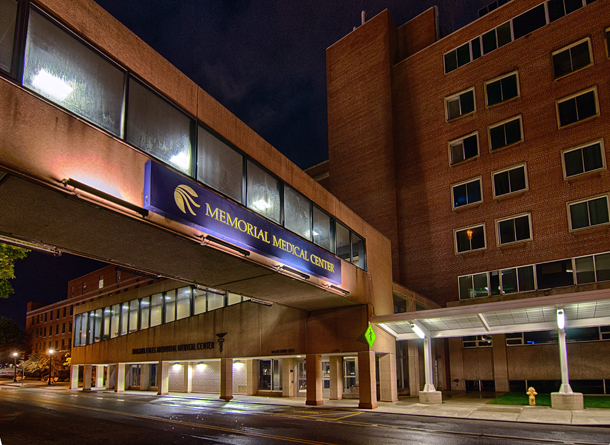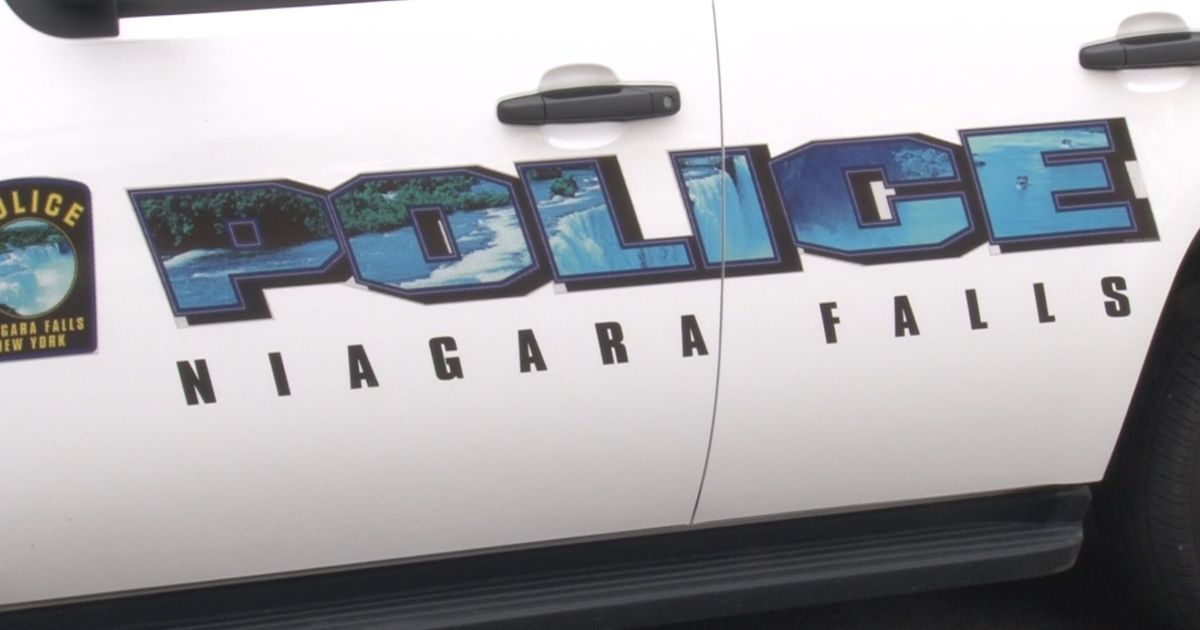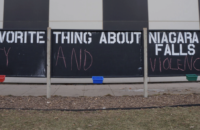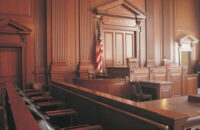Buffalo and Niagara Falls have been ranked the third and first most dangerous places to live in upstate New York, according to the latest data available from the FBI.
Niagara Falls, of course, having the dubious honor of being first. Niagara Falls Mayor Paul Dyster’s efforts to tie the hands of city policemen behind their backs has been an unqualified success.
The recently released 2015 crime statistics data placed the city’s overall number of violent crimes for 2015 as 555, with the city’s population at 48,989.
That’s right. You have a better than 1-in-100 chance of becoming a victim of violent crime in the coming year.
Congratulations. That number is higher than New York City, Los Angeles, Detroit or even Chicago.
Buffalo’s overall number of violent crimes for 2015 was 2,887, when the city’s population was 258,096.
The popular website NewYorkUpstate.com ranked the cities as first and third on their “20 most dangerous places to live” list for 2017, utilizing the recently released FBI data and their own “crime score” formula, which is found by weighing violent crimes and property crimes at different rates by the overall crimes per person.
Niagara Falls took the top spot with a crime score of 1938. In the 2016 list, the city was ranked second.
Buffalo, finishing third, had a crime score of 1761. The city was ranked first in the 2016 listing.
Second on this year’s list is the Village of Johnson City in Broome County.
Previously Niagara Falls, the small town with big dreams, was ranked as the 44th Most Dangerous City in the entire United States by a website specializing in information for prospective home buyers and business entrepreneurs.
According to the website NeighborhoodScout.com – which was essentially created to help people decide where they might want to live and do business – there were 3,460 crimes committed in the small city of 49,468 souls, nearly 600 of which were violent offenses.
What makes NeighborhoodScout’s analysis more comprehensive than others is the fact that the website takes into account all 7,000 law enforcement agencies in America for each city with a population more than 25,000.
Many cities across the country, including Niagara Falls, are served by more than one agency: they include municipal police, county sheriff, transit police, university or campus police, public school police, park and port police, tribal police, and more. By using this unique method, the website is able to provide an accurate representation of total crime known to occur within a city or town – not just those reported by a single agency.
“Once this complete count of known crimes is assembled for each city in America, we leveled the playing field by dividing the number of violent crimes by the population of each city,” the website states. “This reveals the violent crime rate per 1,000 population, allowing us to compare and rank the cities. The results are eye-opening.”
The most notable myth shot down by the study is the perception that large cities are the only places that are dangerous. But high violent crime rates are less about city size than they are about economic issues that drive away the educated and affluent as they pursue employment elsewhere, and draw in and retain the less well-off and less mobile, the report states.
That is certainly the case in Niagara Falls, the most heavily taxed municipality in the most heavily taxed state in the nation. Poverty and street level crime have become big business here, with most of the top earners in the city being members of the police department, the fire department or the higher ups in the school district and various social service agencies taxpayers support to deal with society’s down-and-out.
The report states that just 3 percent of municipalities across the entire country are more dangerous than Niagara Falls, including Camden, NJ, which ranked number one on the most dangerous list.
As with so many things on the Niagara Frontier, the growing problem of street crime just keeps getting worse with each passing year. Those who have to live here know it is dangerous. It is only the politicians and others with a vested interest in pretending everything is all right who insist otherwise.
Clearly, whatever it is the elected and appointed leadership of the region has been doing to fix the problem has not been working. City Councilman Andy Touma once famously said that crime is not a major problem in Niagara Falls.
The FBI would disagree.

